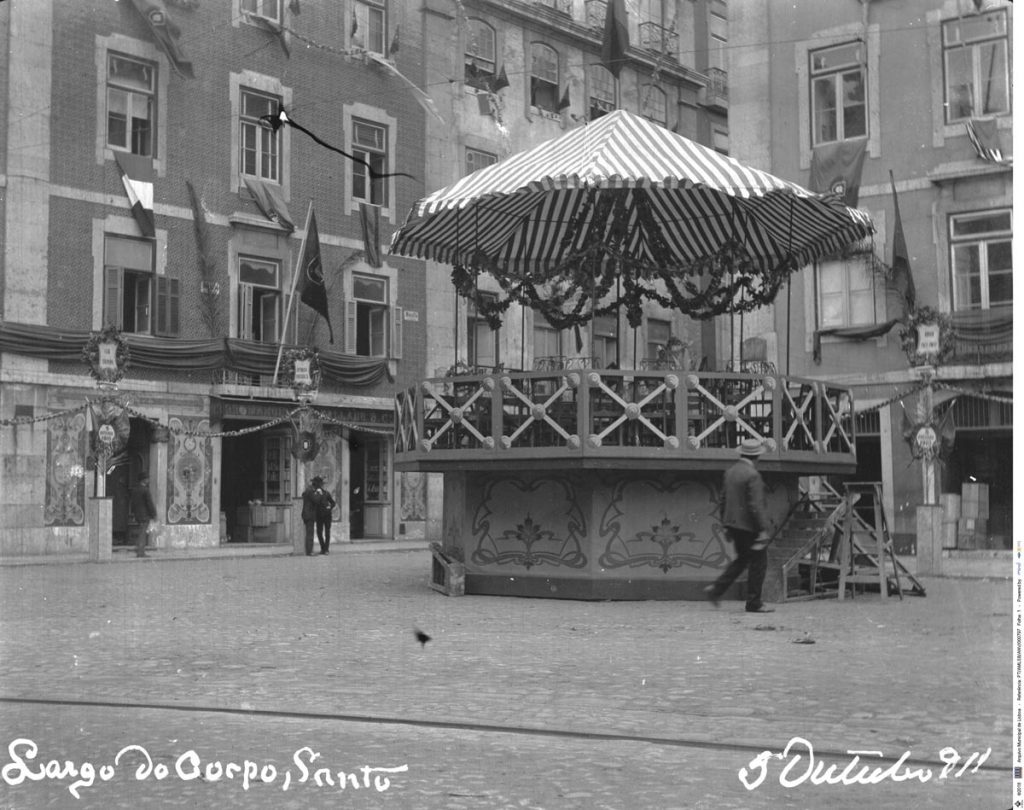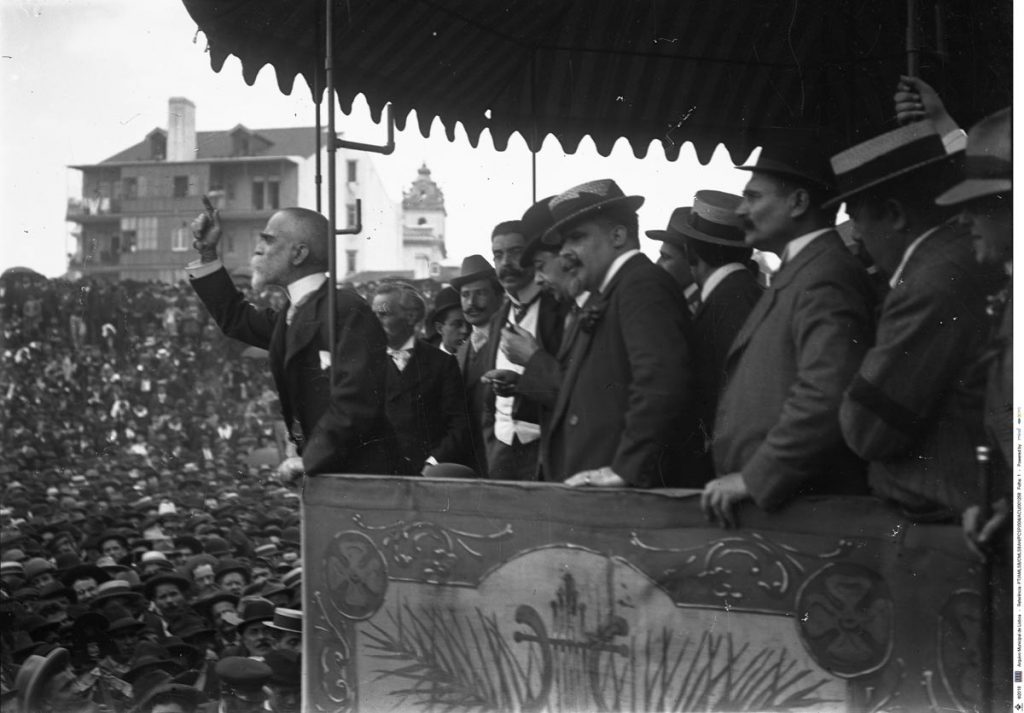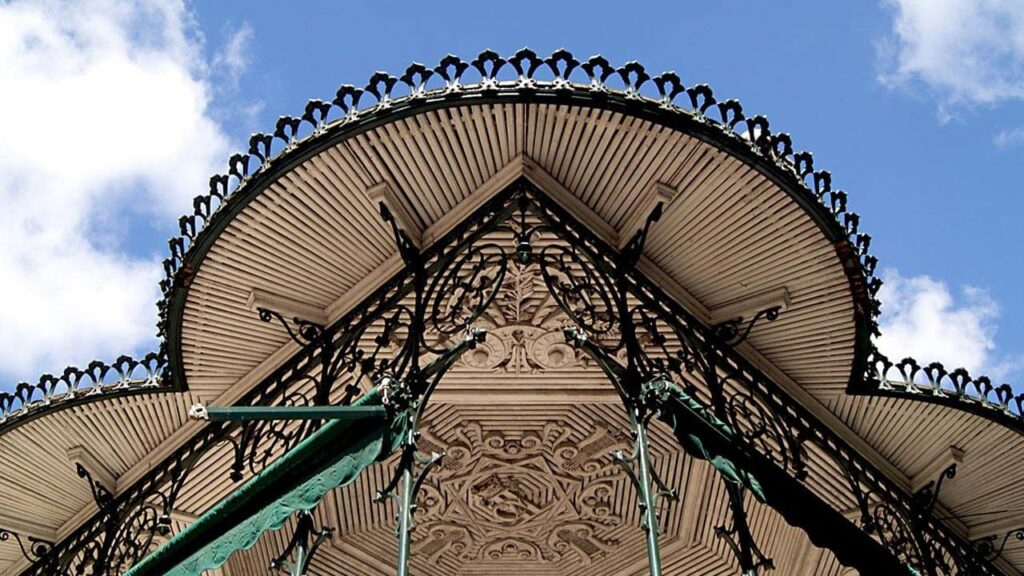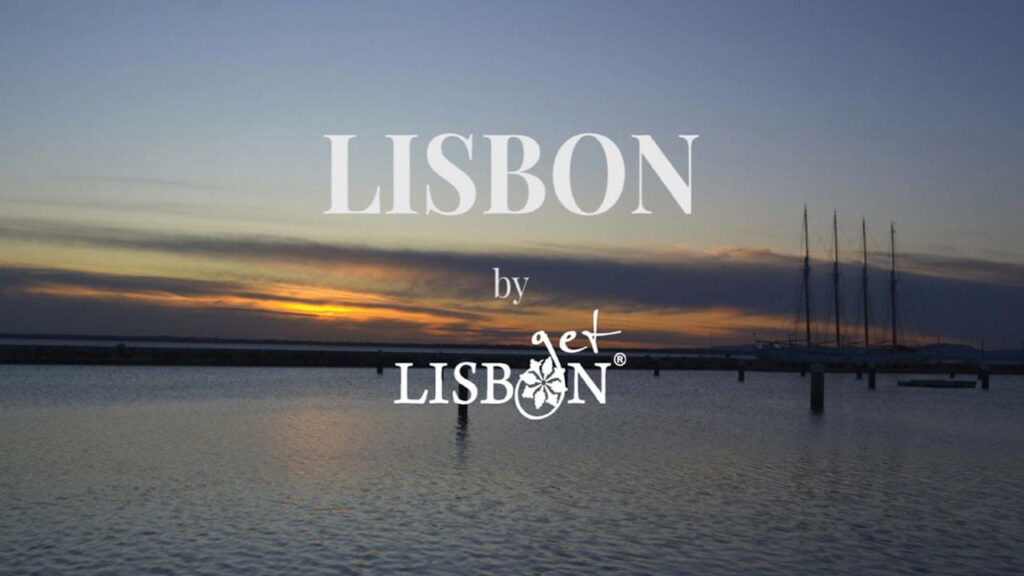Original article published on 11 July 2018
The history of the bandstands, its origin and their role in the city life are what we’ll be telling you about today. Do you know why they went into decline and what’s their current purpose? Let’s find out!
Get to know Lisbon’s historic neighbourhoods in a guided tour and discover unmissable places of this magnificent city.
The History of the Bandstands
Origin and Typology of the Bandstands

The bandstands are an elevated structure, a stage that is almost always covered, that allows the public to stand around it, destined to the performances of musical groups.
Just like the kiosks, it is an equipment that derives from Kiosco, of Persian origin. A simple covered construction, usually built in the back of gardens or in an elevated place where you could enjoy a good view. It was a place of rest where you could enjoy the shade it provided or be protected from a sudden rain, what today we would call a pergola.
The bandstands were implanted in gardens and squares and offered the public free concerts on the weekends, constituting a leisure programme where you can enjoy nature.
The base of these constructions was generally hollow and built with masonry. It allowed the creation of a storage space to store chairs for the public and musicians, shelves and other material, as well as gardening tools used in the maintenance of the surrounding space.
When it comes to aesthetics, the oriental taste of the origin of the bandstands, which was in vogue and associated to the emergence of design and modern architecture of iron, predominated.


Mobile and Fixed Bandstands

The history of the bandstands started in the late 18th century, when ephemeral structures were put up for seasonal festivities and important events.
They were built in materials that were more perishable, such as wood, and the textiles and decorations were substituted according to the event.
Whether it was a popular festivity like the arraiais, fairs and pilgrimages; or an official event like the visits of the heads of state, commemorations or exhibitions, the bandstands were a highlight.
The fixed equipment emerged associated to the period of development and expansion of the cities, in the end of the 19th century, being part of the equipment of the new urban projects. Bandstands, street lamps, fountains, benches, urinals and public toilets, kiosks and security fencing, served the population and regulated the public space.
The first fixed bandstand of Lisbon was built in Passeio Público in 1848, a walled garden that marked the north limit of the city. It was demolished in 1884 due to the opening of Avenida da Liberdade that allowed the expansion of the city.
Political and Social Context

As we’ve seen, the history of the bandstands goes back to the 18th century but their role gained importance in the following century. A little all over Europe, they represented the taste and mentality of a post-revolutionary, liberal and democratic period.
The politicians and patrons of the end of the 19th century and of the beginning of the 20th century supported the culture in public spaces, promoting new ludic activities, education and social equality. Music had a fundamental role in this aim, and started being present in all types of events.
While the bands performed in the bandstands, the public didn’t have any conventions. On the street, they could be sitting down or standing, dancing or walking around. The bands, military or philharmonic, would play their adaptations of classical music, for everyone to listen. In the communities, the elements of the philharmonic, constituted by different social strata, socialised, being their differences attenuated by the adoption of the uniform.
To sum up, the bandstands are linked to the idea of liberty and democratization of culture, the objectives of the revolutionary and republican ideals.
Its decline, in the middle of the 20th century, is related to the period of world conflicts and the emergence of totalitarian regimes associated with the emergence of the radio and later, of the television. These new means of communication and different ways of listening to music have provided a more private and individual attitude.
In Portugal, liberalism was affected during the Estado Novo (nationalist corporatist authoritarian regime installed in Portugal from 1933 to 1974). The policies of isolation and the Portuguese Colonial War created an adverse environment to the organisation of festivities. The youth that usually characterized the elements of the bands were divided between emigration and the Colonial War.
In the 80’s and 90’s, several bandstands were built in Lisbon. This practice reflected the consolidation of the democratic regime and the interest in promoting local cultural initiatives. Therefore, the bandstand emerged as a public aggregator of communities.
Get to know more about the bandstands that exist in the city today in The Bandstands of Lisbon, a Community Aggregator.
| Never miss another article | Subscribe here |
The project getLISBON has been very rewarding and we want to continue revealing the singularities of fascinating Lisbon.
Help us keep this project alive!
By using these links to make your reservations you’ll be supporting us. With no extra costs!
• Looking for a different experience? We can create a customised itinerary based on your interests. Contact us!
• Or if you prefer tours and other activities in various destinations, take a look at GetYourGuide.
• Save time and money with a flexible Lisbon Card!




